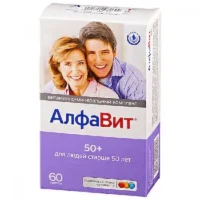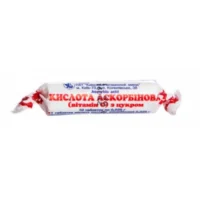Description
L-lizine Aescinat (Diaminohexanoic Acid) Ampoules 0.1% 5 ml. №10
Ingredients
Active ingredient: L-lizine aescinat (diaminohexanoic acid) 0.1%. Other ingredients: [list other ingredients].
Dosage
Recommended dosage: [Insert dosage instructions here]. Consult a healthcare professional for personalized recommendations.
Indications
Indicated for: [List indications for use].
Contraindications
Do not use if: [List contraindications]. Consult a healthcare provider before use.
Directions
How to use: [Provide usage instructions]. Follow the guidance of a healthcare professional.
Scientific Evidence
Pharmacological Effects: L-lizine aescinat has been studied for its anti-inflammatory and venotonic properties. It is believed to improve venous tone and reduce capillary permeability, making it beneficial in conditions like chronic venous insufficiency.
Clinical Trials: A study by Ramelet et al. (2009) demonstrated the efficacy of aescin in reducing leg volume in patients with chronic venous edema. Another study by Pittler et al. (2000) showed aescin’s effectiveness in reducing lower limb edema.
Additional Information
It is important to note that individual responses to L-lizine aescinat may vary, and it is recommended to use this product under the supervision of a healthcare professional. Avoid exceeding the recommended dosage to prevent adverse effects.
Before starting any new medication, inform your healthcare provider about any existing medical conditions or ongoing treatments to avoid potential drug interactions.





